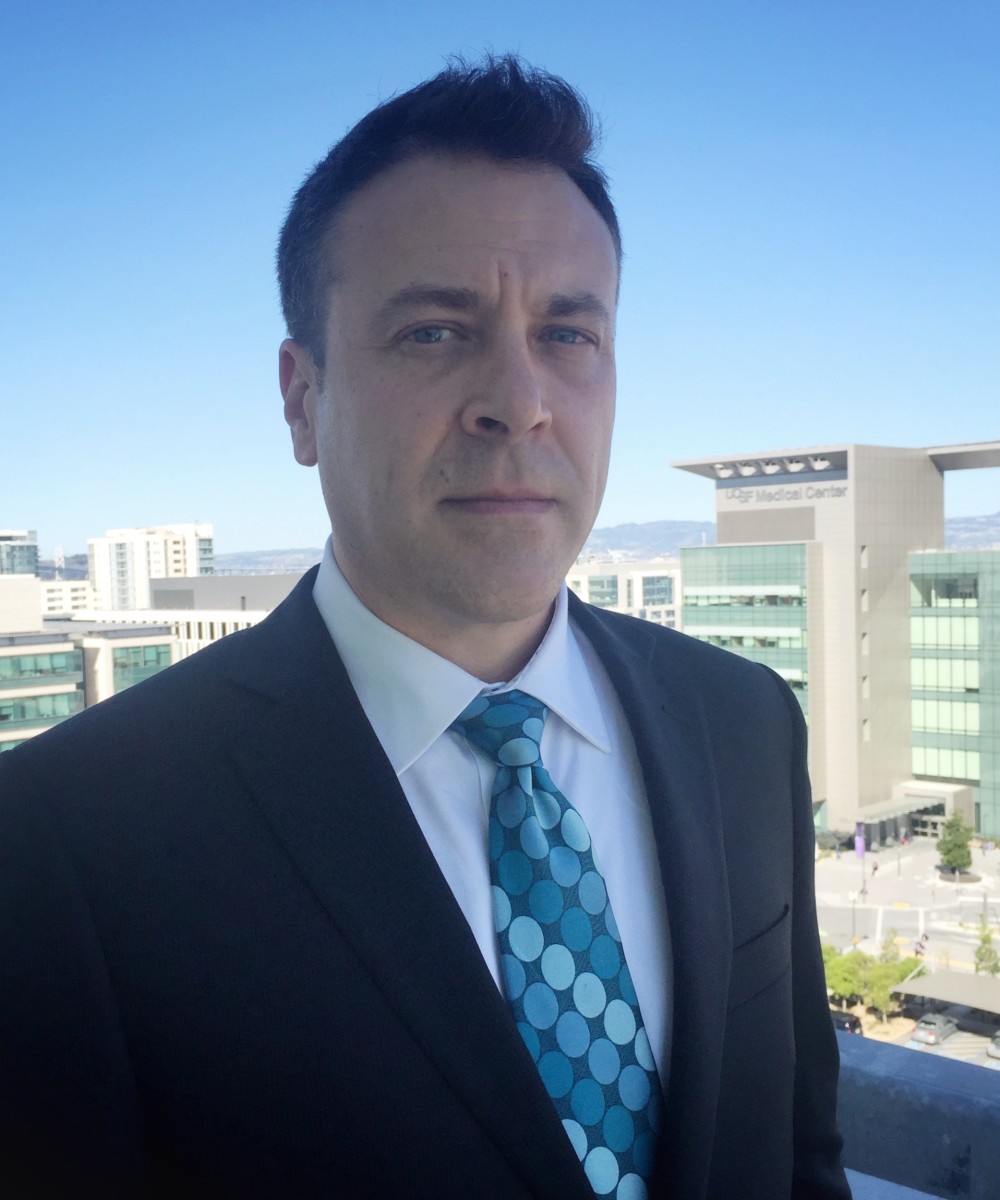Posted by Pierre Brickey, Director, Office of the CIO, UCSF. After completing electrical engineering school in the U.S. Army during the early 90s, I started my career in the defense sector of technology and spent a year in Turkey. It was a great chance to live abroad. I had exposure to state of the art technologies and developed strengths that I still draw on today. The remote field station required a cross functional breadth of system knowledge, and it empowered engineers to make decisions without escalation.
I spent over a decade working in defense and telecom, but as healthcare was starting to implement electronic health record systems (EHRs) I was drawn in that direction. The complexity and the mission criticality drew parallels to military command, control, communications, and intelligence (C3I) systems. After spending eight years at Kaiser Permanente implementing their EHR system (Epic) on a national level, I was consulted to develop the EHR quality strategy at UCSF. There, I got a glimpse of the mission that would draw me to stay at UCSF long-term.
I was asked to develop and lead the Office of the CIO, under UCSF CIO, Joe Bengfort. Our office is focused on improving operational efficiency and performance, aligning IT solutions with business goals, and leading change, innovation, and transformation within the IT enterprise. This was a unique opportunity as the medical center and campus IT organizations had just merged under the leadership of a single CIO.
I also had the chance to jump in to lead the IT program at the Mission Bay medical center during the design, construction, and opening of it. The $50M+ IT capital budget allowed for many advances in technology that directly impacted the quality of patient care. Today, the 600,000 sq. ft. hospital is home to the largest fleet of free-roaming hospital robots in the world, which deliver linens, meals, medications, and specimens. The use of smart phones and a brand new nurse call system created a “Quiet Hospital,” which aids in patient satisfaction and effectively alarms staff where they are needed, rather than endless audible pages and alarms. Patient rooms are equipped with interactive media walls, which enable patients to identify and engage with their care teams. They can order meals, access patient educational content, stay connected through social media, and can enjoy entertainment, including movies and gaming.
Currently, I oversee the IT Portfolio and Project Management Office, IT solutions engineering, IT service management, continuous process improvement, and integrated QA. In addition, I have been focused on strategic partnerships, vendor management, and sourcing over the past 18-months.
I was drawn to UCSF due to its ranking as one of the top 10 hospitals in the country and the mission of healthcare, education, and research. In addition to an incredibly rich and complex technology environment, I have the opportunity to collaborate with brilliant, committed, and talented people, both within IT and the business teams across the campus and medical centers. The work is equally challenging and rewarding, and technology is a big part of the evolution of UCSF’s core mission and business strategy.







